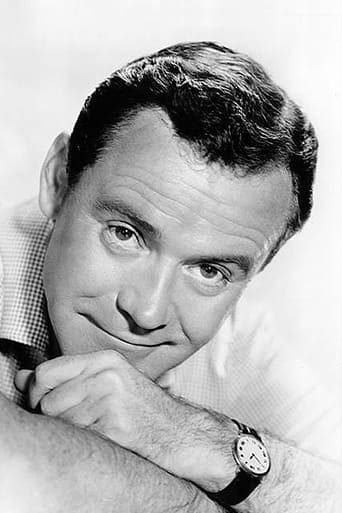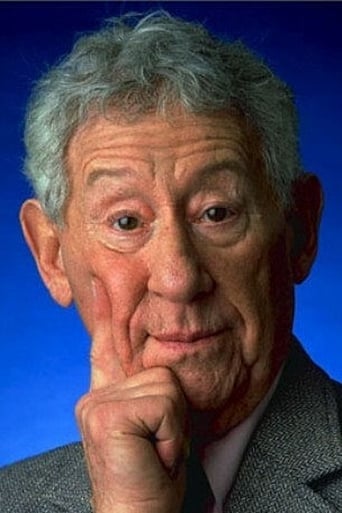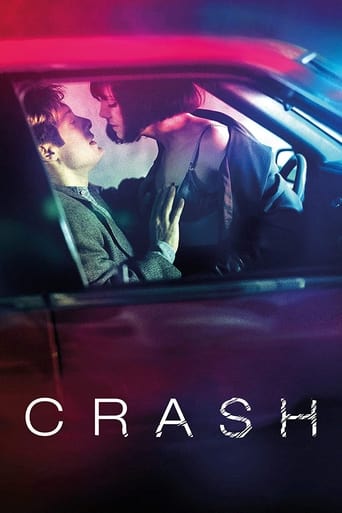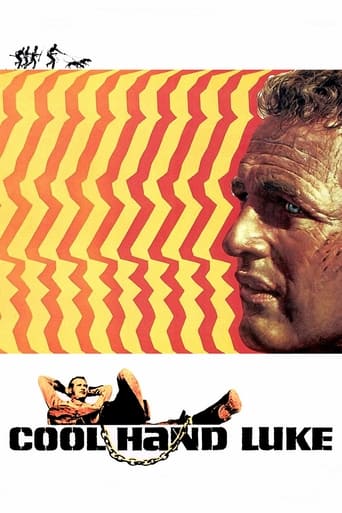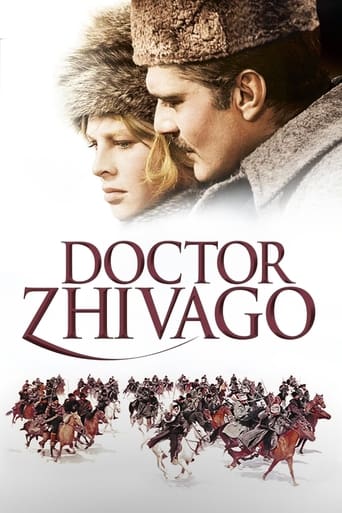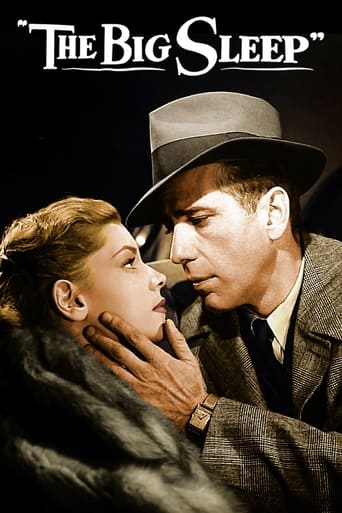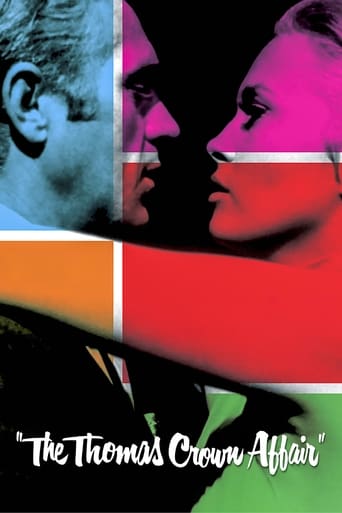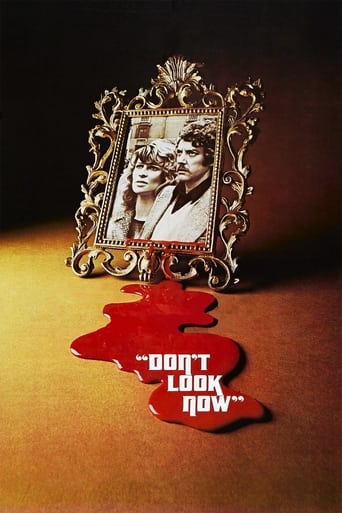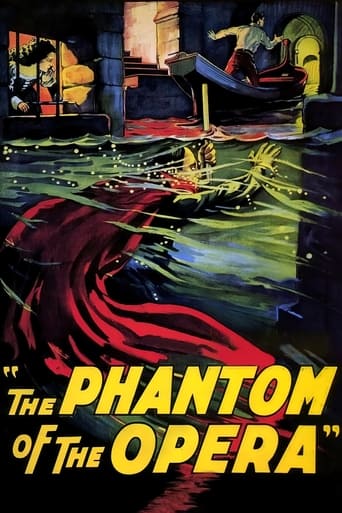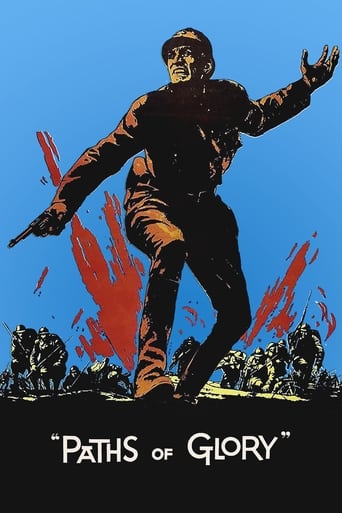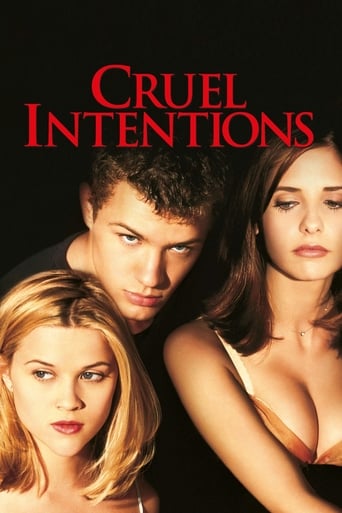Save the Tiger (1973)
A businessman's professional struggles begin to conflict with his personal life over the course of two days.
Watch Trailer
Cast


Similar titles
Reviews
Very good movie overall, highly recommended. Most of the negative reviews don't have any merit and are all pollitically based. Give this movie a chance at least, and it might give you a different perspective.
Story: It's very simple but honestly that is fine.
There's no way I can possibly love it entirely but I just think its ridiculously bad, but enjoyable at the same time.
A terrific literary drama and character piece that shows how the process of creating art can be seen differently by those doing it and those looking at it from the outside.
This superb drama offers middle-aged longing, lost dreams, success, despair, and superb acting by Jack Lemmon (won the Oscar) and Jack Gilford (nominated for supporting). BUT: this film is not for everybody. A serious drama about middle-aged loss, struggle, and fading dreams won't grab every one. It's too slow for some viewers, and too realistic for some others. Harry Stoner (Lemmon) is as an LA businessman who seeks an arsonist to burn him out so he can collect the insurance and rebuild his failing business. His aging partner Phil Greene (Jack Gilford) opposes this, but realizes at his age (close to 65) he may never find another job. Both men are decent but jaded, and troubled by the lost innocence (or false innocence) of their youth in Brooklyn. Harry is also troubled by post-traumatic stress flashbacks from his lost comrades at Anzio in World War II, while Phil is troubled by going along with a crime that means losing his integrity. Both men appear to be Jewish, and may feel added burdens that come with having beaten anti-Semitic discrimination (or worse). There is the also longing for their boyhood in New York, before crime made cities less safe, and before the Dodgers (plus these two men) deserted Brooklyn for Los Angeles - which is not quite the sunny paradise that both probably hoped for. This film also came out in 1973, as Watergate, Vietnam, and the non-success of the Great Society all seemed to evidence a certain national decline. Save the Tiger is like "Death of Salesman Goes To LA." There is fantasy, failure, and searing struggles for success. The two main characters are not so tragic as Willie Loman; yet they are not all that far removed, either.
"Save the Tiger" is mostly remembered as the great Jack Lemmon performance. Indeed it was a great Lemmon performance but it is an awful shame that that's the prevalent memory. The film combines a real-world plot with colorful yet believable characters. I saw it in a theater the year it was released and have viewed it many times since. Each time I see something new in it. It was released four years after I left a job that brought me into contact with a number of real-life Harry Stoners struggling to get by in their small, closely-held businesses. There are so many great scenes and lines. One of my favorites is Harry Stoner's after-hours talk with his elderly veteran cutter and Harry's reply when the cutter asks what Harry really wants. The emotion and symbolism in this film surpass any I've seen in other flicks. That it did not rate in the top 400 films of all time clearly indicates the ratings committee never viewed or understood it. Or maybe they snobbishly dismissed it for Lemmon's no-name supporting cast.
As an audience grows older, their perception of life changes. When viewing a movie in your youth, you may not understand the tiny, subtle remarks, nor the innuendos. But as you reach mature milestones, suddenly those secret words, phrases and remarks make so much sense, you wonder why you didn't understand them the first time. That is the message in this film called " Save the Tiger." Although the initial message in the movie was to try and save an endangered species of Indian Tiger, the subliminal message was it could also apply to an American Original; an Idealist American businessman on the verge of extinction. Jack Lemmon plays Harry Stoner, a middle age clothing designer trying to save his faltering business. Despite having a winning fashion line which will yield a sizable profit, they can achieve their goal if they can meet their payroll. As a result, Stoner and his business partner Phil Greene (Jack Gilford, superb acting) may have to resort to criminal options to survive. Thus enters a professional arsonist named Charlie Robbins (Thayer David, is brilliant in this role) who for 10% of the insurance will make short work of an aging property and make it look like an accident. Phil wants nothing to do with the arson plan despite the fact he is already part of last year's fraudulent scheme. Added to his worries, is the fact that Stoner like so many other Veterans, cannot seem to lose the nightmarish visions of the war, where so many of his fellow soldiers died. Stoner fades in and out of reality often dreaming of a past where the highlight of a day was to see the 'Old Fashion Wind-up and pitch' of his youth. This is truly a Classic for anyone wishing to recall a younger segment of one's life which we all understood. ****
Jack Lemmon was the finest American motion-picture actor of the late twentieth century. He is often written off as a comedy star, and certainly some of his efforts in that realm of Hollywood entertainment are forgettable (though more than a few are still very human and very funny). But it is always exciting to see Lemmon unlimber his acting chops and portray the middle-class schlub trying to thrive and then just trying to survive modern life. His portrayal of Harry Stoner in SAVE THE TIGER ranks with his Joe Clay in THE DAYS OF WINE AND ROSES, Ed Horman in MISSING, and Shelley Levene in GLENGARY GLEN ROSS, to mention only his most notable dramatic roles. I'd like to think the Best Actor Oscar that Lemmon received for SAVE THE TIGER (he had been awarded Best Supporting Actor for playing Ensign Frank Thurlowe Pulver in 1955's MISTER ROBERTS) was the film community's overdue recognition that he could play for sighs and tears as well as for laughs.Seeing this film recently on TCM through the filter of 35 years, I was still moved by the commitment of Jack Lemmon to Harry Stoner. Unfortunately, SAVE THE TIGER remains an awkward and extremely self-conscious movie, as much so as when I first saw it in a theater in 1973. Steve Shagan's script contains no references to the Watergate scandal that had started the year before; but in the aftermath of the Vietnam War, American popular culture was becoming increasingly obsessed with moral decay. Many novels and films of the 1970s suggested that political corruption and official deceptions had blurred the boundaries of conventional good/bad, black-and-white morality with which most Americans had supposedly been comfortable. (That was the standard they usually saw in the movies, after all.) Viewed from the perspective of the early 21st century, the suggestion that government and corporate wrongdoing could somehow make personal immorality understandable, or even commendable, seems rather quaint -- a sop, perhaps, to a movie-going Baby Boomer generation that was coming of age and groping for its own moral grounding.There are many problems with this clunky script, not so much in terms of plot as in terms of texture. Harry Stoner's obsession with the joys of his youth -- baseball and big bands -- quickly turns into a heavy-handed exercise in nostalgia, as though Shagan is showing off his knowledge of 1940s popular culture (Shagan was born in 1927). Harry's apparent readiness to hire an arsonist to save his troubled business makes his moral agonizing less involving, though perhaps Shagan meant to enhance the difference between Harry's seeming confidence and the severe misgivings of his partner Phil (Jack Gilford). The big dramatic setpiece of the film -- Harry's speech to the buyers at his firm's fashion show -- is extremely suspicious. Harry strikes me as too much of a professional to start losing it at such a vital moment. Why THAT event for a PTSD flashback? (There's another scene toward the end of the film -- Harry standing alone on a beach, replaying the soundtrack of Anzio in his head -- that's more subtle and more effective.) And then there's Myra, the happy-go-lucky hippie chick with whom, Shagan apparently thought, "the kids" could identify. (With a smile, she offers to have sex with Harry about 47 seconds after they meet. Yeah, I could identify with that.) Myra's seeming innocence and optimism have so little to do with Harry Stoner that she seems not a contrast but an irrelevance.Shagan's script benefits from the direction of John G. Avildsen. The opening shot of Harry's swimming pool is haunting, and industrial Los Angeles looks appropriately unglamorous. All of the actors (including Laurie Heinemann as Myra) are credible. But the real reason to see SAVE THE TIGER is Jack Lemmon portraying Harry Stoner. If his performance can't rescue the film, it is still compelling -- an exploration of a human heart that will break your own.





